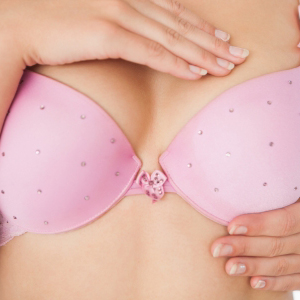Who benefits from breast lift implants?
- Patients who had pregnancy, nursing, gravity, weight gain or loss, normal aging, and heredity have change the shape of the breasts, resulting in sagging.
- Patients with lack of breast substance or firmness.
- Patients whose nipples and areolas point downward, especially if they are positioned below the breast crease.
- Patients with breast ptosis.
- Patients with asymmetrical breasts size.
- Patients with heave and large breasts .
- Patients with pendulous breasts that are adequate in size.
- Patients with asymmetrical breasts; one breast may appear firm and well positioned while the other does not.
How is breast lift surgery performed?
A breast lift is performed under general anesthesia. Different techniques for removing breast skin and reshaping the breast determine the location of the incisions and resulting scars. Surgeon will select a technique based on your breast size and shape, areola size and position, degree of breast sagging, skin quality and elasticity and how much extra skin you have. Surgeon will remove excess breast skin and shift the nipple and areola to a higher position. If your areola has become stretched, it can now be reduced in size. Skin that was formerly located above the areola is brought down and together, beneath the breast, to reshape the breast.
Surgeon will remove excess skin and close your incisions, tightening the skin, sewing the breast back together and placing sutures deep in the breast tissue to support the new breast position for a longer period of time.
Pre-Operative Care
Our team will evaluate your medical history to check for conditions that may delay the surgery or the healing process. Some of the common conditions are:
- Bleeding tendencies – problems with blood clotting, or lack of clotting.
- Scarring problems you have had in the past – like keloid scars and hypertrophic scars.
- Hypertension (High blood pressure) – particularly if it is not under control.
- Smoking – this may affect your reaction to the anaesthetic and prolong the healing process. Please stop smoking 4 weeks prior to surgery.
Please avoid aspirin and brufen-containing medication for two weeks prior to surgery to eliminate the chance of post op bleeding. Generally it is best to continue any blood pressure or blood sugar medications. These may safely be taken with a sip of water on the morning of surgery. Women should ensure negative pregnancy test before surgery.
Protect your health prior to surgery. Even a simple cold could cause complications with the anesthesia. If you do develop an illness right before your surgery, let your surgeon know. You may need to postpone your breast lift surgery until you feel better. On the day of your procedure, do not wear any skin care products, makeup, deodorant, perfume, nail polish or powder.
Post-Operative Care
After the surgery the surgeon will place waterproof plasters over your incision sites. Keep your incisions/suture line dry. If the plaster should get wet or start to peel off we recommend that you contact us office to make an appointment.
You will be able to shower but not swim until your incisions are closed and your sutures have been removed. You may not be able to wash your hair for a week because you should not raise your hands over your head. Wash your hair the night before your surgery and braid it or place it in a ponytail.
Walk around as soon as you are able while recovering from breast lift surgery. This will help prevent blood clots and can also help relieve swelling. Do not engage in strenuous activities, or exercise, for at least three to four weeks after your surgery. You should plan to avoid activities which require much raising of the arms above the level of the head for 10 days after surgery. With great care, you can drive about 7 days after surgery.
The most common risks are swelling, bruising, bleeding, infection, fluid, scarring, numbness, or a change in sensation to the nipple. The most common risk particular to this surgery is damage to the nerve and blood supply of the nipple. In some cases this could lead to a loss of feeling in the nipples, however a breast lift does not prevent future breast-feeding as a breast reduction can.
Scars will fade gradually but nipple numbness may take up to 12 months before sensation returns.
